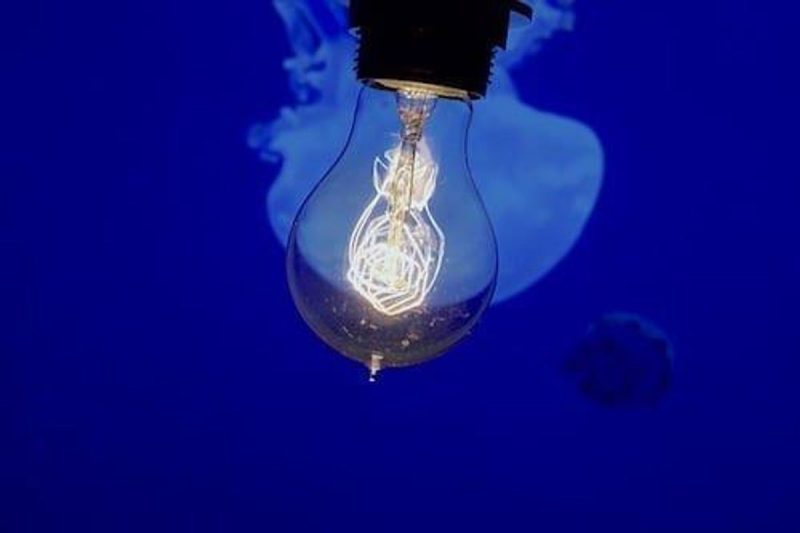Tungsten was discovered in Sweden in the 18th century, and since then has found diverse uses.
About two-thirds of demand for this critical metal is from the mining and drilling industry for use in cemented carbides; mill products and chemicals account for the rest. However, while tungsten has many key uses, the market has been quite turbulent for the last several years — low prices have led to reduced output in some parts of the world.
Global tungsten production came to 84,000 metric tons (MT) in 2022, slightly above the 83,800 MT put out in 2021. As with many metals, China dominates the tungsten-mining space. In fact, according to the US Geological Survey, production of tungsten concentrate outside the country accounts for less than 20 percent of total global supply.
Interestingly, despite being the biggest tungsten producer, China is limited in how much it produces. The Asian nation’s government has restricted the number of tungsten mining and export licenses that it awards, and has also imposed quotas on concentrate production and placed constraints on mining and processing.
Tungsten demand has faced pressure from recession threats, but use of the metal is still seen increasing. A global tungsten market report by Business Research Insights forecasts that the sector will grow at a compound annual growth rate of 8.71 percent to reach US$17.96 billion by 2027. Drivers will include an expansion of the mining and drilling industry, the growing use of tungsten in everyday and industrial products and the increasing adoption of tungsten in medical applications.
That optimism has left investors wondering whether tungsten investment is a good idea. Read on for a brief overview of tungsten supply and demand dynamics and ways to invest in tungsten.
What drives tungsten supply and demand?
Tungsten is mined all over the world, although as mentioned China is the world’s largest producer by far.
In 2022, the country mined 71,000 MT of the metal, far ahead of the 4,800 MT produced in Vietnam, the world’s second largest tungsten miner. China also leads in reserves with 1.8 million MT; Russia is in second place with 400,000 MT.
Typically, tungsten deposits are found near orogenic belts, which are areas where tectonic plates have collided to form mountains. These belts run through East Asia, the Asiatic part of Russia, the east coast of Australia, the Rocky and Andes mountains and the Alpide belt, which spans over 15,000 kilometers across Eurasia’s southern margin.
One issue surrounding tungsten supply is the fact that the metal can be found in war-stricken countries like the Democratic Republic of Congo. For over a decade, the extraction of mineral resources in these areas has been linked to conflict, human rights abuses and corruption; for that reason, tungsten is known as a conflict mineral.
Some government bodies have put rules in place to ensure that companies disclose where the conflict minerals they use come from. For example, the EU has taken action to strengthen its conflict minerals rules.
In addition to being the world’s top tungsten producer, China is also the top tungsten consumer. Looking more closely at tungsten uses, it’s clear many of them are correlated to the global economy.
For example, tungsten carbide, alloy and chemicals are used in the construction, electronics, mining and automotive industries; they can also be found in oil operations, as well as mineral exploration and mining. Mill products require tungsten too — these include tungsten rods, sheets, wires, light bulb filaments and electrical contacts; that said, tungsten’s use in light bulb filaments is declining due to new lighting technologies.
The chemical industry also consumes tungsten — tungsten compounds are used as lubricants, catalysts, pigments and enamels, as well as in electronics and for other electrical applications.
How to invest in tungsten stocks?
Investors who believe tungsten prices will rise in the future may want to enter the space today.
However, getting into the tungsten market can be a little difficult — as with many critical metals, getting direct exposure to physical tungsten is tricky as the metal does not trade on an exchange.
As a result, many market participants who are interested in tungsten investment turn to tungsten-focused companies. Most tungsten-producing companies are located in China, and are either privately owned or listed only on Asian exchanges; however, tungsten investing options do exist elsewhere.
A few options are listed below; all companies are listed on Canadian, Australian and London exchanges, and had market caps above $5 million as of September 15, 2023:
eMetals (ASX:EMT)
Securities Disclosure: I, Melissa Pistilli, hold no direct investment interest in any company mentioned in this article.





























